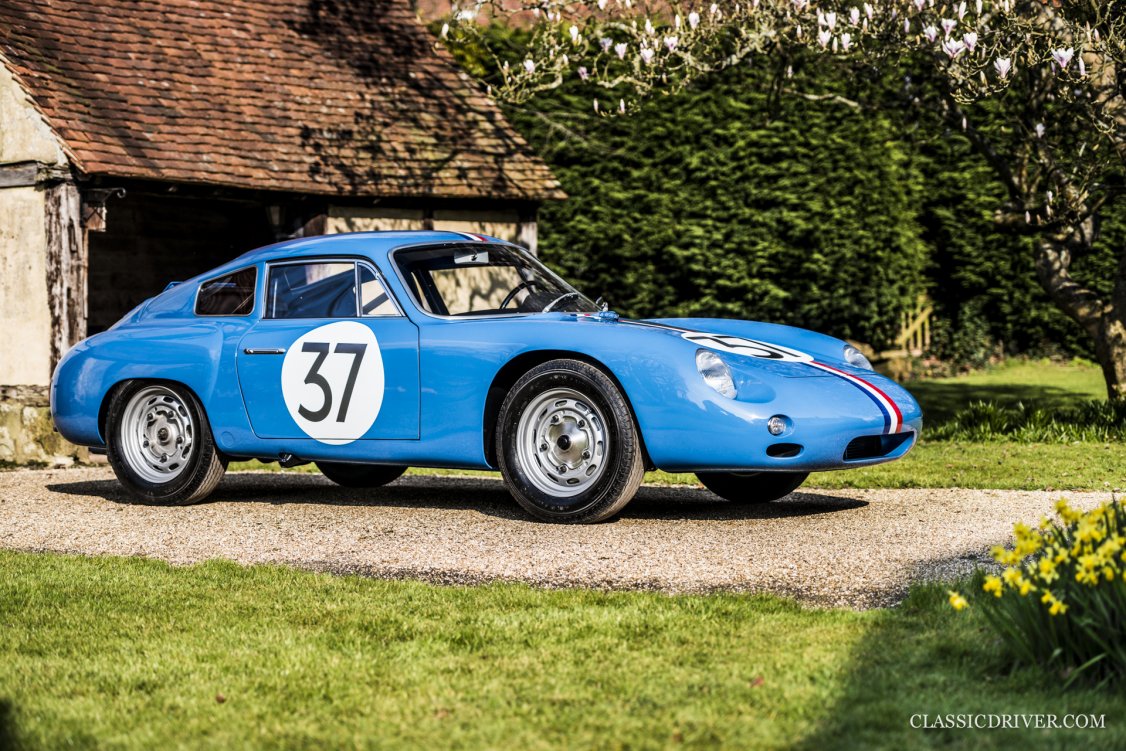
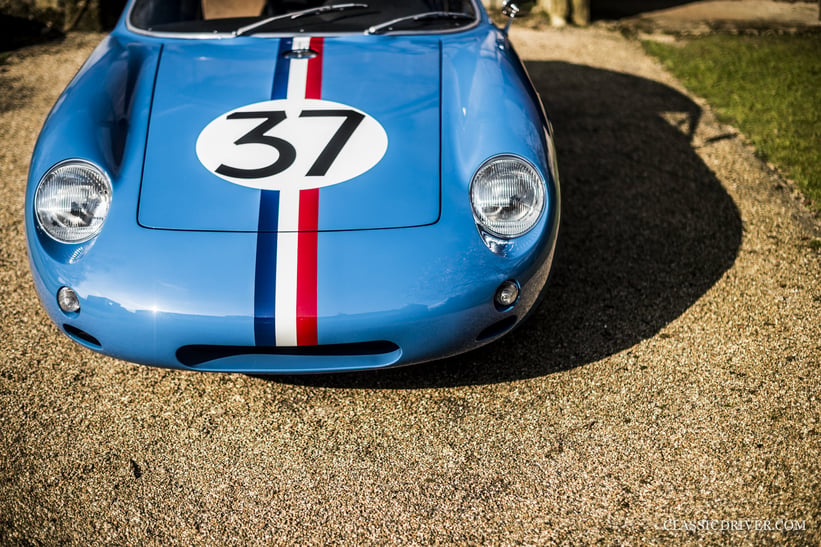

It was a simple threat that led this dainty sports-racing car to fruition at the turn of the 1960s. In 1959, Porsche’s ageing 356 Carreras were coming under fire from smaller-capacity Alfa Romeos and Lotus’, which led its big wigs to exploit a new FIA rule allowing special bodywork to be fitted so long as weight remained no less than 95 percent of the original car. The robust and powerful Fuhrmann flat-four was a fantastic engine, after all, and if weight could be removed and aerodynamic efficiency increased, the resulting car might just prove to be a veritable giant-killer.
Because they’re so rare, the early history of the Abarth-bodied Carreras is murky, to say the least. What we do know is that Carlo Abarth was entrusted with building 20 lightweight bodies to be fitted to 356B chassis, most likely because of the incredible success his beautiful small-capacity Fiat-based racers were enjoying in Italy. He, like the Porsche family, was also Austrian, which probably didn’t hurt when it came to sealing the deal either.
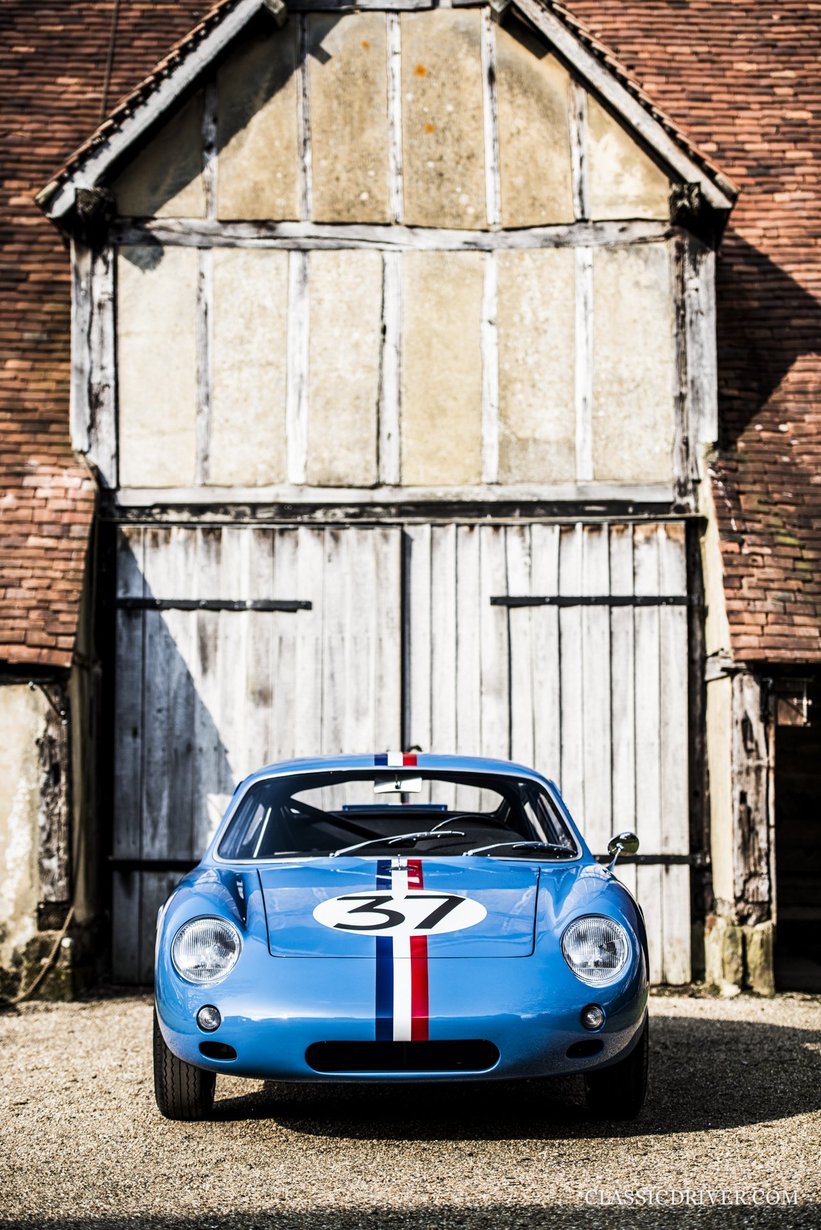

Abarth promptly engaged the services of Franco Scaglione, who’d been making a name for himself designing audacious and innovatively aerodynamic cars for Zagato. And it was Zagato who’d be actually building the new bodies, or so Abarth told Porsche. For whatever reason, and seemingly unbeknownst to Porsche, the smaller Turinese coachbuilder Viarenzo & Filliponi fabricated at least the first few cars, before Rocco Motto took over for the rest. The latter was reportedly praised by Porsche’s engineers for the quality of his work.
The lithe and sultry new all-alloy body itself was nothing short of a triumph, and not just in terms of sheer beauty. One of Scaglione’s main tasks was to reduce the 356’s frontal area, which he did so impressively. The entire car was around five inches lower, narrower, and shorter than the original, and thanks to features such as inlaid door handles and the clever adjustable scoop on the rear decklid, the drag coefficient dropped from 0.398 to 0.365. After the chassis was reinforced because of the new aluminium bodywork, a not insignificant 45kg had been shed, ensuring the circa-780kg car was still above the FIA’s minimum weight.



We can only imagine the ruthlessly diligent Germans’ dismay when the first Carrera GTL, as it had been christened, turned up in Stuttgart. Not only were the fenders so narrow they restricted the steering, but the engine also overheated profusely and the ‘show car interior’ combined with the extremely low roof meant that few engineers could even get in the car. Corrections were made, including the addition of the numerous vents on the rear, a feature that sort of became the Carrera GTL’s signature.
Priced at around 6,200 US dollars each, the cars were a sell-out and Carlo Abarth promptly went to work. As you’d expect from cars entirely handcrafted by men with hammers in the early 1960s, no two Carrera GTLs are alike, which, again, must have annoyed the Germans. Nevertheless, their frustrations would be unmerited – the car was instantly very successful and did indeed prove to be a regular ‘giant-killer’ on the circuits between 1960 and 1963.
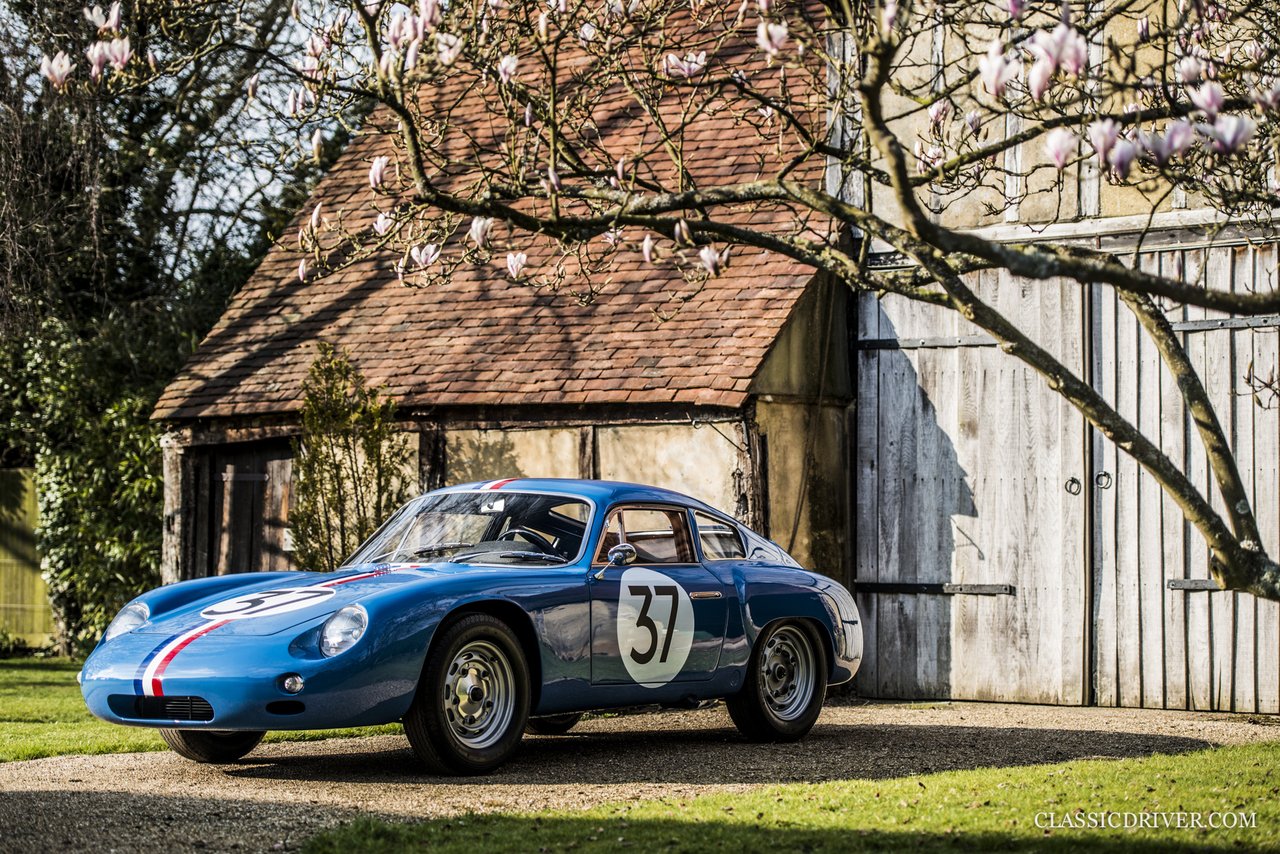


This particular French-Blue car, chassis #1002, for example, was piloted by Paul-Ernst Strähle and Antonio Pucci to a class victory and sixth overall at the Targa Florio in 1961, while World-Champion-to-be Graham Hill claimed fourth overall at the 1960 Goodwood Tourist Trophy in another GTL. In fact, GTLs claimed class victories at Le Mans for three consecutive years.
Naturally, it’s legends such as the 917 and 956 that, rather appropriately, garnered the most column inches in the period and indeed still do so today. But the comparatively unknown Porsche 356 Carrera GTL Abarth is a fascinating footnote in the marque’s early competition history and a rare example of the brand seeking the expertise of another outside of Germany. Its Italian adventure was ultimately a successful one, and the 904 Carrera GTS that shortly followed would breed a bloodline of prototype racers that would earn Porsche 19 outright victories at Le Mans. It’s also drop-dead gorgeous, wouldn’t you agree?
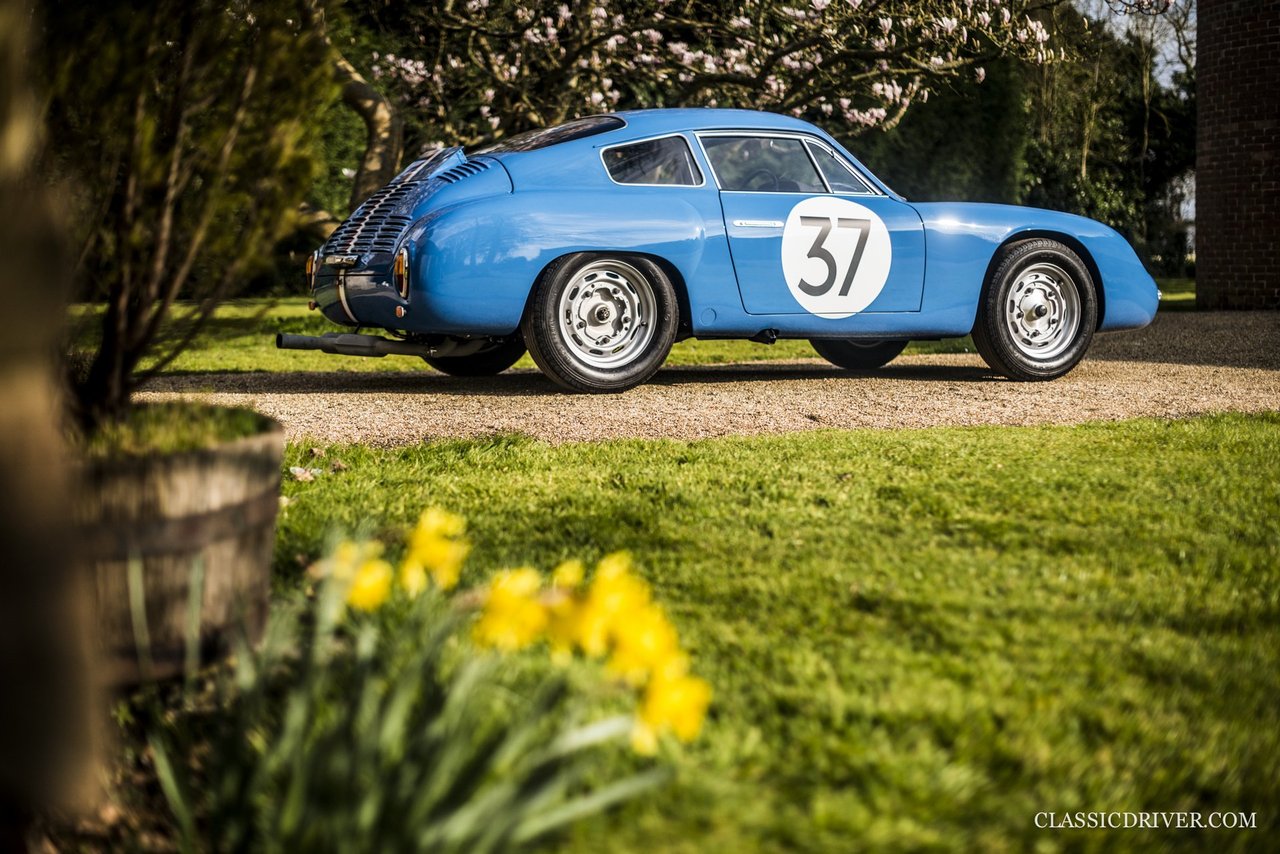
Photos: Rémi Dargegen for Classic Driver © 2019

























